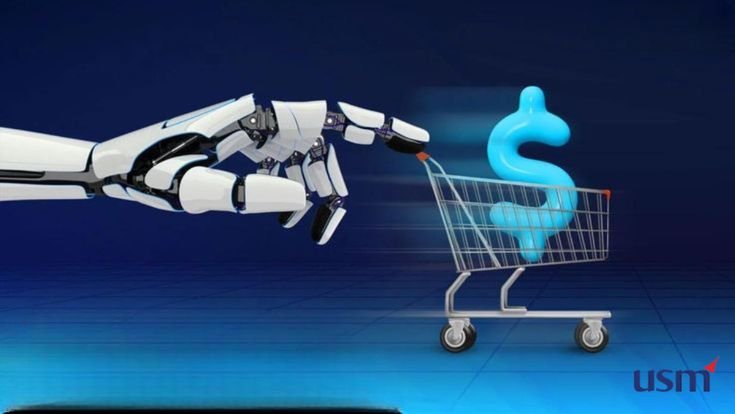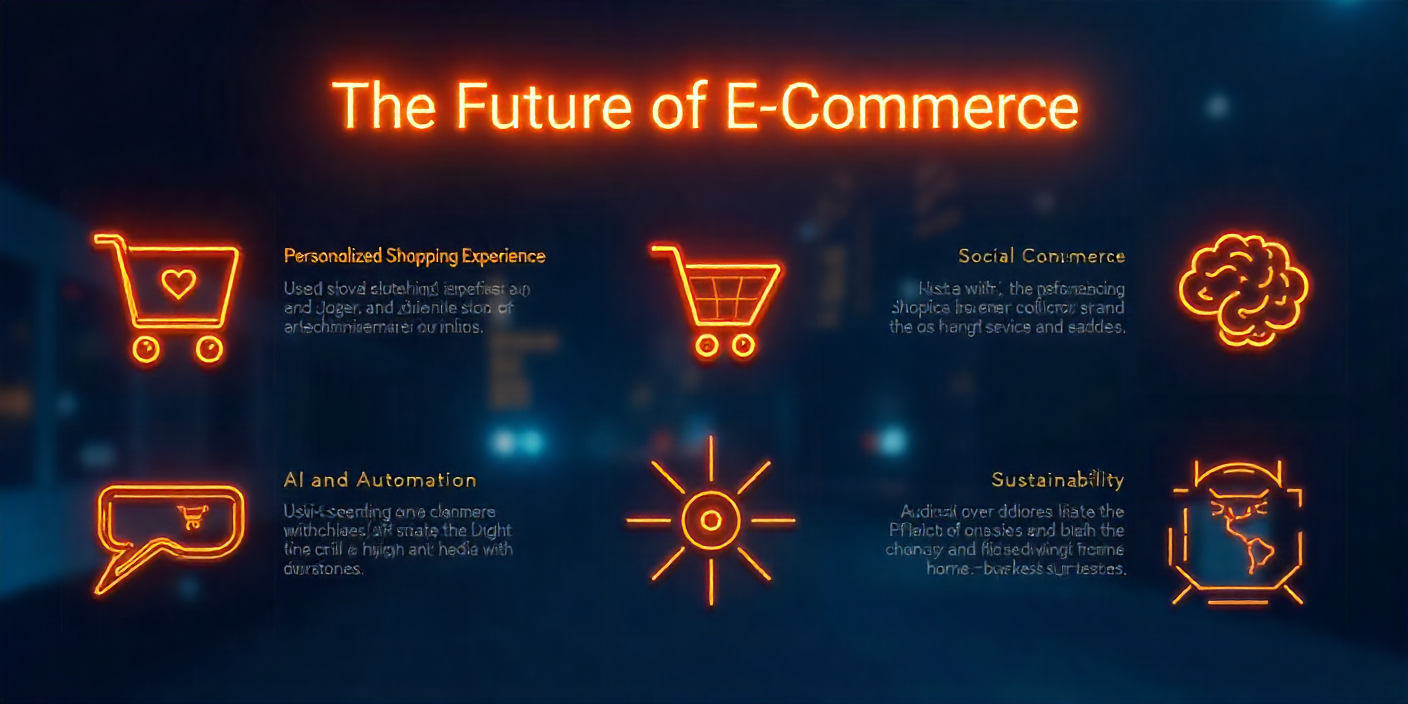The ecommerce landscape is continually evolving, shaped by new tools and technologies that drive customer engagement, streamline operations, and boost sales. As the industry moves into 2025, these advancements are setting the stage for businesses to stay competitive and meet growing consumer demands. Here, we explore the top ecommerce tools and technologies revolutionizing the online marketplace and how they’re shaping the future.
1. AI-Powered Personalization
Artificial Intelligence (AI) continues to lead the charge in ecommerce innovation. By analyzing customer data, AI tools provide highly personalized shopping experiences, increasing conversion rates and customer loyalty.
Features Transforming Ecommerce:
- Recommendation Engines: AI identifies shopping patterns to suggest relevant products in real time. For example, tools like Bloomreach provide highly tailored product recommendations.
- Dynamic Pricing: AI algorithms factor in demand, competition, and customer behavior to automatically adjust prices and maximize sales.
- Conversational AI: Chatbots powered by natural language processing (NLP) handle customer queries 24/7, boosting satisfaction and reducing costs.
Real-World Application:
Amazon has successfully integrated AI into its platform, showing customers personalized product suggestions that account for past purchases, browsing behavior, and preferences. This approach significantly improves sales and retention.
Takeaway:
AI personalization can elevate user experience, helping businesses meet customer expectations while increasing profitability.
2. Headless Commerce Platforms
Headless commerce separates the front-end presentation layer from the back-end ecommerce infrastructure, offering unmatched flexibility in how businesses deliver content to customers.
Key Benefits:
- Omnichannel Experience: With headless solutions, brands can deliver seamless functionality across websites, apps, social media, and even IoT devices.
- Customizable User Interfaces: Developers can build UI experiences that align perfectly with brand identity without being limited by template constraints.
- Faster Load Times: By decoupling components, headless solutions often load significantly faster, improving SEO and user retention.
Tools to Watch in 2025:
Platforms like Mindtree’s Flooresense and commercetools are leading the charge, offering robust headless solutions customized for brands looking to expand their digital reach.
Insight:
Headless commerce empowers agile businesses, particularly those competing on seamless, multi-platform engagement.
3. AR and VR Enhanced Shopping
Augmented Reality (AR) and Virtual Reality (VR) are revolutionizing how customers interact with products online, bridging the gap between in-store and digital shopping.
Emerging Use Cases:
- Virtual Try-Ons: AR enables customers to visualize clothing, makeup, or furniture in real time. Sephora, for example, uses AR-powered tools to provide virtual makeup try-ons.
- Immersive Storefronts: VR creates interactive 3D shopping environments, offering customers an in-store experience from the comfort of their homes.
- Interactive Product Demos: AR/VR enables customers to explore product functionality in depth before purchase, reducing buyer uncertainty.
Industry Data:
According to eMarketer, 71% of customers are more likely to make a purchase when they can use AR to preview a product.
Note for Businesses:
Integrating these cutting-edge tools can reduce returns, improve satisfaction, and boost sales.
4. Blockchain for Transparency and Security
Blockchain technology is introducing unparalleled levels of transparency and security to ecommerce, a vital consideration for both consumers and businesses.
Applications in Ecommerce:
- Secure Payments: Blockchain enables decentralized payment processing, reducing costs while ensuring data security.
- Transparent Supply Chains: Customers can track product origins, delivery details, and authenticity, fostering trust in ecommerce brands.
- Smart Contracts: Automate agreements between buyers and sellers, minimizing disputes and reliance on intermediaries.
Example Technology:
Shopify has begun experimenting with blockchain integrations to empower vendors with transparent ledgers and fraud prevention mechanisms.
Benefits:
Blockchain strengthens customer trust while optimizing backend operations for ecommerce brands.
5. Voice Commerce
Voice-activated shopping is becoming a dominant force, fueled by the popularity of smart assistants like Alexa, Google Assistant, and Siri.
What’s Trending:
- Voice Search Optimization: Businesses are tailoring content to capture voice searches, which often contain longer, conversational phrases.
- One-Step Purchases: Customers can reorder essentials simply by speaking commands, streamlining the shopping process.
- Voice-Activated Personalization: Smart assistants now recognize individual voices, offering preferences tailored to specific household members.
Market Insight:
Juniper Research forecasts that voice commerce transactions will surpass $80 billion annually by 2025, reflecting its growing popularity.
Implementation Tip:
Optimize product pages with conversational keywords and structured data to increase visibility in voice-enabled searches.
6. Advanced Data Analytics
Data insights have always been crucial to ecommerce, but 2025 sees the rise of advanced analytics tools that make sense of increasingly complex consumer data.
How It’s Used:
- Predictive Analytics: By analyzing customer behavior patterns, businesses can predict future trends and prepare accordingly.
- Real-Time Reporting: Tools like Google Analytics 4 and Tableau offer real-time dashboards, allowing businesses to make data-driven decisions instantly.
- Customer Segmentation: Advanced analytics tools enable hyper-segmentation of audiences for more impactful marketing campaigns.
Practical Example:
Zara leverages real-time sales data to adjust inventory across locations dynamically, minimizing losses while meeting customer demands.
Result:
Businesses using advanced analytics can operate more efficiently, minimize risks, and meet customer expectations with precision.
7. Sustainability Tools for Green Commerce
Sustainable practices are no longer optional but a key differentiator for consumers increasingly seeking eco-friendly options in ecommerce.
Popular Initiatives:
- Carbon Offsetting: Tools like EcoCart allow ecommerce stores to offer carbon-neutral purchases by calculating and offsetting delivery emissions.
- Eco-Friendly Packaging Solutions: Vendors now integrate sustainable packaging tools, minimizing waste and appealing to environmentally conscious buyers.
- Transparent Supply Chain Software: Platforms provide details about ethically sourced materials and manufacturing processes.
Supporting Data:
A NielsenIQ survey revealed that 73% of global consumers are willing to change shopping preferences to reduce environmental impact.
Competitive Edge:
By demonstrating eco-consciousness, businesses can capture market segments focused on sustainability.
8. Subscription-Based Models and Tools
Subscription services are becoming a core feature of successful ecommerce strategies, offering consistent revenue streams and fostering customer loyalty.
Advantages for Businesses:
- Predictable Income: Companies gain clearer revenue forecasting, reducing cash flow issues.
- Recurring Customer Engagement: Subscriptions encourage long-term relationships.
- Product Upselling Opportunities: Bundled offers help drive higher average order values (AOV).
Leading Tools:
Recharge and Bold Subscriptions simplify subscription management, integrating seamlessly with major platforms like Shopify.
Growing Trend:
From meal kits to beauty products, consumers appreciate the convenience and cost-effectiveness of curated subscriptions.
Final Thoughts on Ecommerce in 2025
Ecommerce in 2025 combines cutting-edge technology with enhanced customer experiences, creating new opportunities for growth. From AI-powered personalization and blockchain security to AR integration and sustainability tools, businesses have more resources than ever to thrive in a competitive market.
Key Takeaway:
Adopting these innovative tools not only ensures relevance but also enables businesses to anticipate changing consumer behaviors and trends.
Meta Information:
- Meta Title: Top Ecommerce Tools Shaping 2025
- Meta Description: Discover the latest ecommerce tools transforming 2025, including AI, AR, blockchain, and more, to future-proof your online store.



